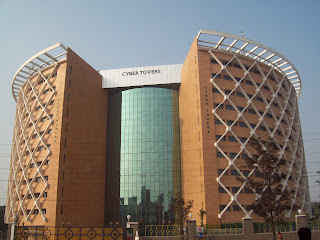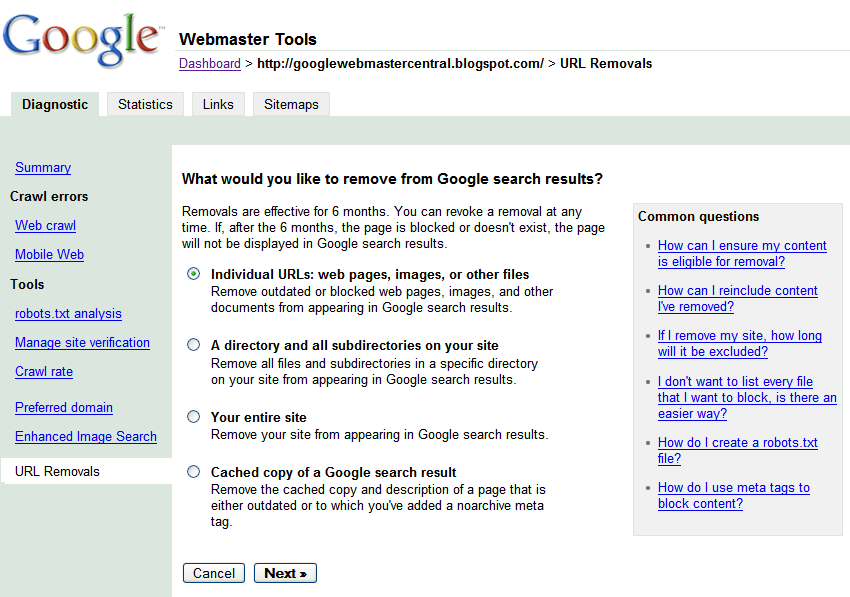

Right-click on the That button! button and select Inspect Element (Firefox) or Inspect (Chrome). Those tools provide developers with great powers, such as inspecting the HTML elements on a web page. You can use a desktop browser, such as Firefox or Chrome, or some other browser, as long as it comes with developer tools. To understand what the robot sees, let's take a look at how the above buttons are built. That button! Sad button 😢 Mad button 🤪 What's under the hood? To click the ( That button!) button, you shout an order at your robot, and it will complete this trivial task, right? As it turns out, it's not quite that simple. 🤖 ERROR: " That button! Right there!" NOT FOUND.🙋♀️ Hey, Robot! Click that button for me, will you?.
#Js library html inspector and select like chrome dev tools code#
For example, in the image below, you can see the objects available to the code in the addItemClick function.How to find user interface elements using locators in web applications A "simple" request The final section, Scopes, shows what values are visible from various points within your code. You can see that the code is in the function that handles a mouse click, and that the code is currently paused on the breakpoint. The Call stack section shows you what code was executed to get to the current line. The final two sections only appear when the code is running. In example.js, a breakpoint has been set on the statement listItems.push(inputNewItem.value) The next section, Breakpoints, lists the breakpoints set on the page. You can expand the list to view the values in the array. In the image, the first section, Watch expressions, shows that the listItems variable has been added. The right-hand pane shows a list of the watch expressions you have added and breakpoints you have set. In the following image, the highlight on the number 18 shows that the line has a breakpoint set. Set breakpoints where you want to pause execution. Click on a file to select it and view its contents in the center pane of the Debugger. Select the file you want to work with from this list. The first pane on the left contains the list of files associated with the page you are debugging. There are three panes in the JavaScript Debugger on Firefox.





 0 kommentar(er)
0 kommentar(er)
